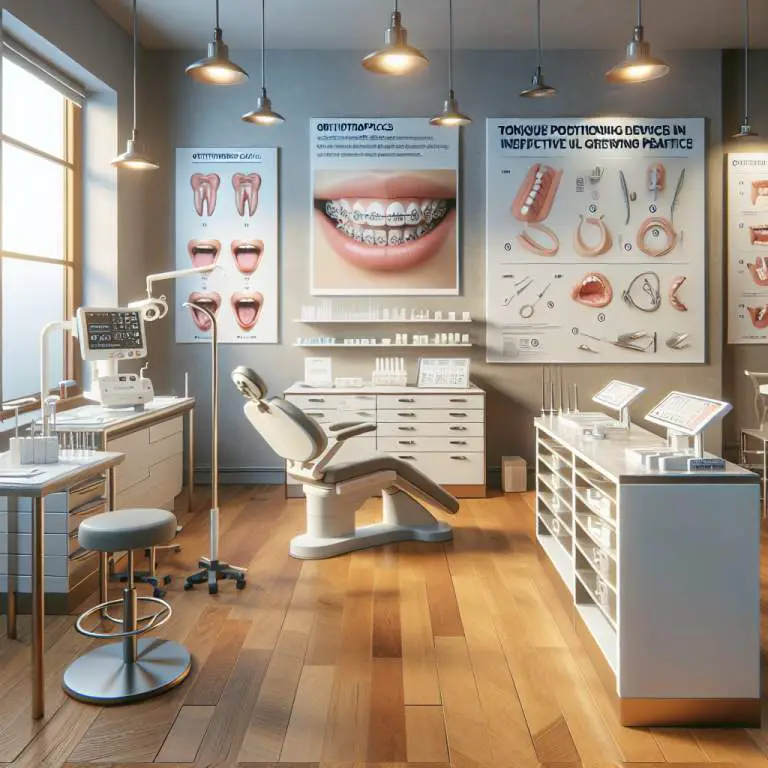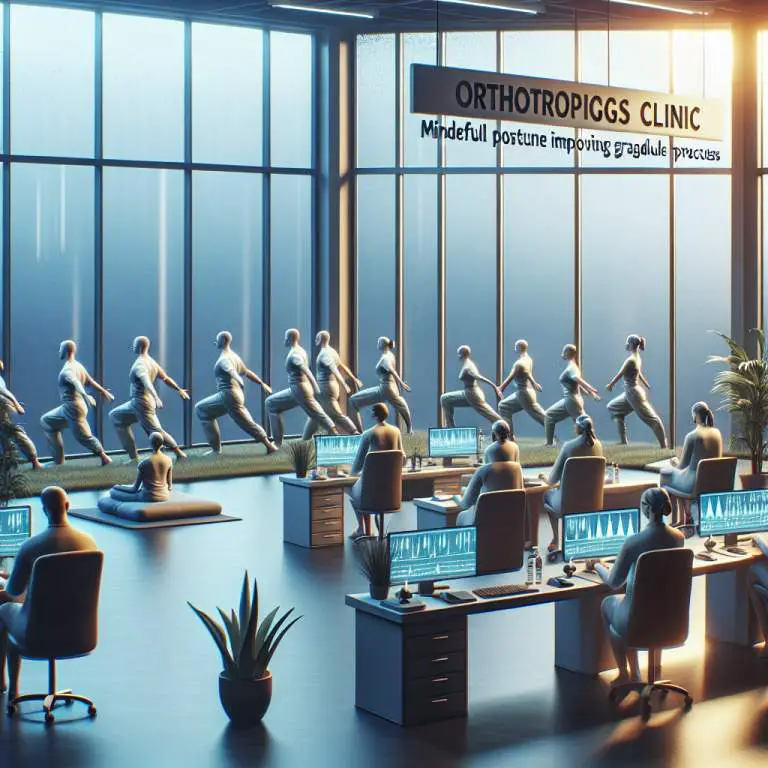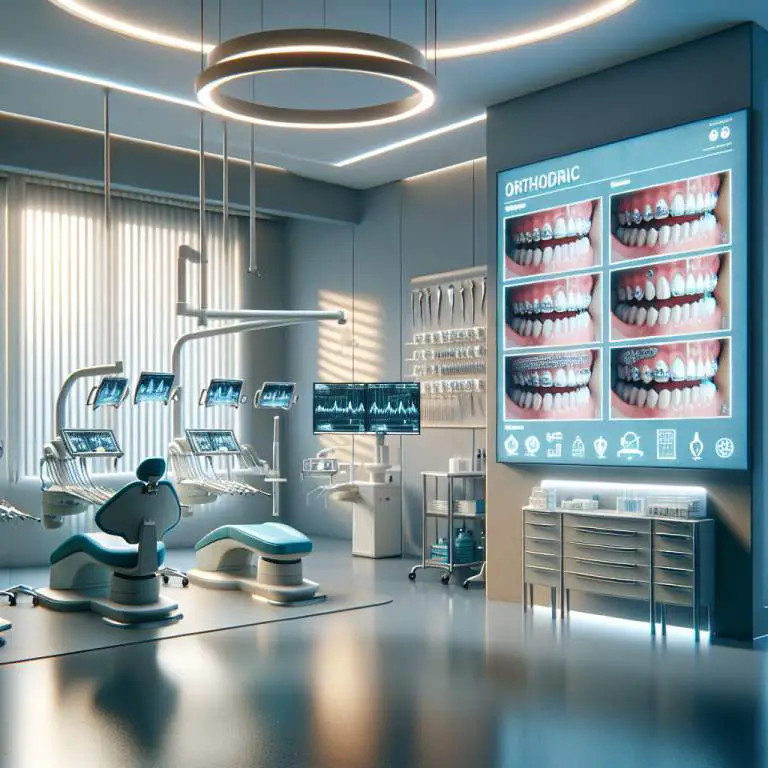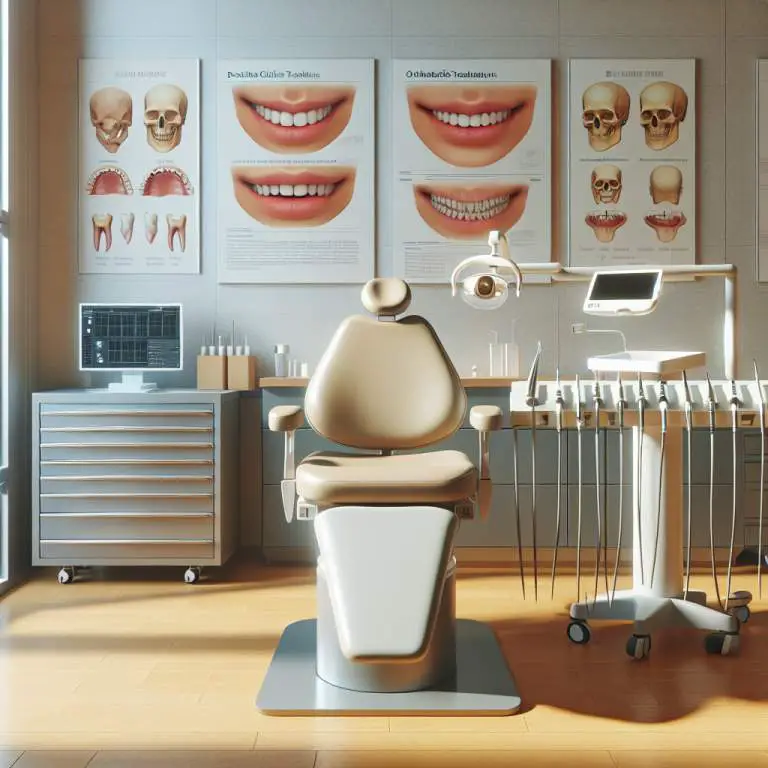Can mewing correct asymmetrical jaw issues?
Mewing can help with asymmetrical jaw issues by promoting better posture and muscle engagement in the face. This technique involves positioning the tongue against the roof of the mouth, which may encourage a more balanced development of facial muscles over time. However, results vary from person to person and it might not correct all types of jaw asymmetry. Consulting with a professional is recommended for personalized advice.

How does mewing theoretically improve facial symmetry?
Mewing is a technique that some people believe can make their faces look more symmetrical. It involves placing your tongue against the roof of your mouth and keeping it there as much as you can. The idea is that this position can help shape your jaw and face over time.
When you practice mewing, you’re supposed to breathe through your nose, not your mouth. This might help with the way your face grows, especially if you start when you’re still young. Some folks think that by doing this, their jawline becomes sharper and their face looks better balanced.
What are the principles behind mewing that could affect jaw alignment?
The main principle behind mewing is about applying gentle pressure on the roof of the mouth with the tongue. This action is thought to influence the way the jaw grows and aligns itself. By constantly pushing up with the tongue, it’s believed that one can encourage a more forward growth of the lower jaw.
Another important aspect of mewing is promoting proper oral posture. This means keeping your lips together, teeth slightly touching, and most importantly, breathing through your nose. These habits are said to support better alignment of both jaws by ensuring they grow in harmony with each other.
Can mewing provide noticeable changes in adults with asymmetrical jaws?
There’s a lot of debate about whether adults can see real changes in their jaw symmetry from mewing. Since adults’ bones have stopped growing, making significant structural changes through mewing alone might be challenging. However, some adults report minor improvements in how their jaws look after practicing mewing for an extended period.
These changes could be due to improved muscle tone around the jaw and better posture rather than actual bone movement. While dramatic transformations might not be common, even slight adjustments could make a person feel happier with their appearance.
What evidence exists to support the effectiveness of mewing for correcting jaw asymmetry?
The scientific evidence supporting mewing as a method for correcting jaw asymmetry is limited. Most of what we know comes from personal testimonials shared online rather than rigorous scientific studies. People who practice mewing often share before-and-after photos showing changes in their facial structure over time.
However, some professionals in orthodontics acknowledge that proper tongue posture can play a role in facial development and health. They agree that bad habits like mouth breathing can negatively affect how our jaws grow but remain skeptical about how much change adults can expect from techniques like mewing alone.
| Aspect | Effectiveness of Mewing |
|---|---|
| Facial Asymmetry Correction | Potentially beneficial in mild cases; effectiveness varies and is not scientifically proven |
| Jawline Definition | May improve over time with consistent practice; anecdotal evidence suggests slight changes are possible |
| Bone Structure Changes | Unlikely to significantly alter bone structure in adults; more effective during younger years when bones are still developing |
| Muscle Tone Improvement | Can improve muscle tone around the jaw and neck, potentially leading to a more defined appearance |
| Risks and Considerations | Minimal risk when practiced correctly; should not replace medical advice or treatment for significant asymmetry or dental issues |
| Timeframe for Results | Varies widely among individuals; noticeable changes may take months to years of consistent practice |
| Recommendation for Best Results | Maintain proper posture, practice consistently, and consider professional guidance for optimal outcomes and addressing underlying causes of asymmetry |
How long does it typically take to see results from mewing for jaw asymmetry?
Seeing results from mewing can vary greatly from person to person. Some individuals report noticing changes in a few months, while others may not see significant improvements for a year or more. It’s important to remember that mewing is a slow process.
The time it takes to observe changes also depends on the consistency of practice and the age of the individual. Younger people might see results faster due to their still-developing facial structures. Patience and persistence are key when practicing mewing for jaw asymmetry correction.
Are there any risks or potential side effects associated with mewing?
Mewing, when done correctly, is generally considered safe. However, incorrect techniques can lead to issues. For example, applying too much pressure with the tongue or incorrectly positioning it can cause discomfort or even pain in the jaw and teeth.
Additionally, overemphasis on mewing without professional guidance could potentially lead to temporomandibular joint (TMJ) disorders or exacerbate existing dental problems. It’s always best to consult with a healthcare professional before starting any new oral posture practices.
What additional methods can complement mewing for better results in correcting jaw asymmetry?
To enhance the effects of mewing, incorporating facial exercises aimed at strengthening the jawline and chewing muscles can be beneficial. These exercises can help in further defining the jawline and improving overall facial symmetry alongside consistent mewing practice.
Another complementary method is maintaining good overall posture. A straight spine supports proper tongue posture and can contribute positively to facial aesthetics. Additionally, consulting with orthodontic professionals about braces or other corrective devices could provide synergistic benefits with mewing practices.
Final Thoughts
Mewing offers a natural approach to addressing jaw asymmetry, but it requires time and dedication to see results. The journey is different for everyone, with some individuals seeing changes sooner than others.
Risks associated with improper technique highlight the importance of doing thorough research or seeking professional advice before beginning mewing practices. Combining mewing with other methods like facial exercises and maintaining good posture may enhance outcomes. Ultimately, patience and consistency are crucial components of success in achieving improved jaw symmetry through mewing.






